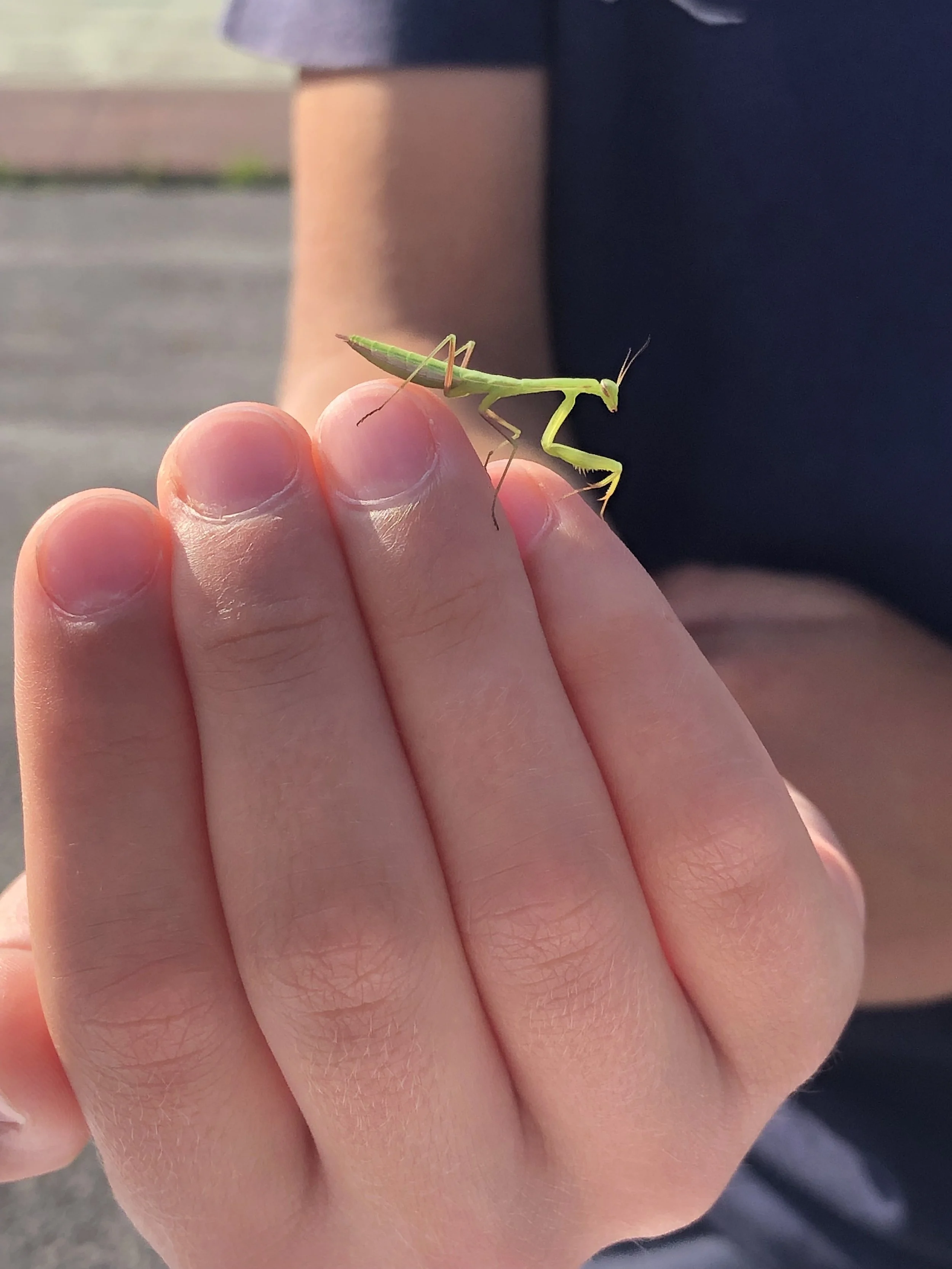
The project
Imagine a familiar bedtime routine: a father reading a picture book to his daughter. A book about Peter Rabbit. Peter Rabbit wears a nice jacket, polished shoes, sits at a table to eat, disobeys his mother. Peter rabbit looks so much like us, like a human. Let’s imagine a different scenario, a garden, where a mother is sitting with her son. The boy grabs a stick and suddenly starts hitting a plant nearby. “Stop”, says his mother “Do not hurt the plant! The plant is alive, it can feel it!” Let’s move now to yet another different place, a village deep in the Ecuadorian rainforest. A woman is butchering a large tapir, surrounded by an excited crowd of children of various ages. She cuts through the animal’s stomach and extracts a small bloody lump: a foetus. One takes the foetus in her hands and, with a surprised expression she exclaims: “It looks like a minuscule human baby!”
What do these episodes have in common? They all constitute examples of how learning about the nonhuman world occurs through both direct and indirect experiences of nature in the everyday life of children. The human-like rabbit, the sentient plant, the tapir who shares morphological features with a human: these are examples of the multiple ways in which nonhumans can be apprehended in terms of their characteristics and their similarity or difference with us, humans.

Anthropological and psychological research has demonstrated that people all over the world hold different understandings of nature and nonhuman entities. Research also shows that such difference matters. Whether we think of a plant as a sentient being or not, for instance, has consequences on the way we morally relate to it.
What research hasn’t explored so far, is how such different experiences and understandings emerge. As other cultural conceptions, they emerge during childhood. It is during childhood, that we learn to pay attention to certain aspects of the natural world, to seek explanations and to make hypotheses about the existence of nonhuman others.
How do children learn about the nonhuman world in their everyday life? And how does culture shape children’s abilities to attend to the natural world? What do we mean when we speak about “nature”?
